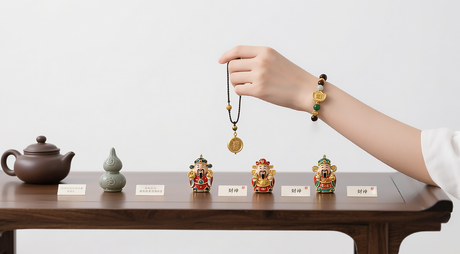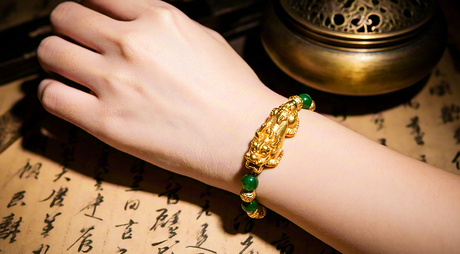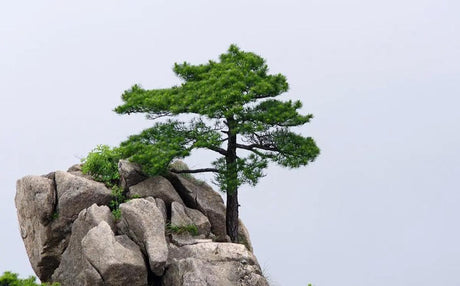China’s smallest and lesser-known ethnic groups preserve unique traditions, crafts, and festivals in remote regions. From the Dulong’s embroidered clothing to the Hezhe’s fish-skin artistry, and the Lhoba and Jinuo’s vibrant festivals, these communities showcase enduring cultural heritage and harmonious living with nature.
Table of Contents
- 1. Overview of Small Ethnic Groups in China
- 2. Dulong: Life in the Mountain Valleys
- 3. Hezhe: The River People and Their Fish-Skin Art
- 4. Lhoba: Ancient Traditions in the Himalayan Foothills
- 5. Jinuo: Harmony with the Rainforest
- 6. Cultural Preservation and Heritage
- 7. Conclusion: Enduring Beauty of China’s Cultural Diversity
1. Overview of Small Ethnic Groups in China
China officially recognizes 56 ethnic groups, but some of the smallest—such as the Dulong, Hezhe, and Lhoba—number only a few thousand people according to official data. Other ethnic groups, such as the Jinuo, although not among the smallest by population, remain relatively lesser-known communities. These groups inhabit remote valleys, riverbanks, and forested hills, preserving distinct cultures reflected in clothing, festivals, crafts, and daily life.

2. Dulong: Life in the Mountain Valleys
The Dulong people live in the remote valleys of northwestern Yunnan, near the Myanmar border. Traditionally, they relied on slash-and-burn farming, hunting, and forest gathering.
- Clothing & Crafts: The Dulong are known for the Dulong blanket, a handwoven, striped garment made from cotton, linen, and wool. Traditionally, it was worn day and night as both clothing and bedding, with red, black, and white stripes symbolizing unity and protection. Women once adorned themselves with tattooed faces to mark adulthood, a practice now rare but preserved in elderly generations. Accessories like dyed red rattan waist rings and silver earrings reflect their connection to nature.
- Dietary Traditions: Their diet includes corn, beans, mountain vegetables, and wild game.
- Festivals & Customs: Water God Festival and Harvest rituals reflect a deep reverence for nature.
- Textiles: The Dulong blanket, recognized for its intricate patterns, is a UNESCO-listed craft. Weavers use natural dyes from plants like indigo and madder.
These traditions, passed down through generations, reveal a strong connection to the mountainous environment and cultural resilience.

3. Hezhe: The River People and Their Fish-Skin Art
Living along the Amur, Songhua, and Ussuri rivers in Heilongjiang, the Hezhe have historically depended on fishing, hunting, and gathering.
- Clothing & Crafts: The Hezhe are renowned for fishskin clothing, a UNESCO-listed craft. Using salmon, sturgeon, or carp skin, they tan and stitch garments waterproofed with fish oil. Traditional designs feature cloud patterns and animal motifs (e.g., eagles, bears), reflecting their hunting-gathering roots. Men wear fishskin boots for winter travel, while women adorn themselves with bone jewelry.
- Dietary Traditions: River fish form the core of their diet, with dishes like fish-skin hotpot and preserved fish.
- Festivals & Customs: Ice River Festival and Fish God Worship celebrate the river and its bounty.
Hezhe folklore often features bears, tigers, and river spirits, highlighting their spiritual connection to the natural world.

4. Lhoba: Ancient Traditions in the Himalayan Foothills
The Lhoba inhabit southeastern Tibet, mainly in Motuo and Nyingchi regions. Their traditional livelihoods include hunting, gathering, and farming.
- Clothing & Crafts: Lhoba attire blends practicality with symbolism. Men wear woolen robes with red borders, paired with bamboo chest protectors for hunting. Women adorn themselves with shell necklaces and rattan belts, while feather headdresses signify marital status.
- Dietary Traditions: Diet relies on high-altitude crops and forest resources.
- Festivals & Customs: Mountain Spirit Festival and harvest dances express gratitude to nature and reinforce community bonds.
The Lhoba practice animism and ancestor worship, with rituals led by shamans. Their oral traditions include epic poems about the Creation of the World. Due to their remote location and small population, their culture remains relatively isolated, though recent government efforts promote education and infrastructure to balance preservation with development.

5. Jinuo: Harmony with the Rainforest
The Jinuo live in the rainforest hills of Xishuangbanna, Yunnan, and are known for their tea-growing heritage.
- Clothing & Crafts: Jinuo clothing is centered around black cotton robes embroidered with red geometric patterns. Women wear pointed hats decorated with tassels and cowrie shells, while men sport animal-skin satchels for hunting.
- Dietary Traditions: Their diet incorporates local crops and forest resources, with tea as a cultural staple.
- Festivals & Customs: Mountain Worship and Harvest Festivals combine music, dance, and ritual offerings, celebrating the forest and community life.
The Jinuo’s animism emphasizes respect for tea tree spirits. Their drum dance is inscribed on China’s intangible cultural heritage list. Despite modernization, villages like Bayao Village preserve traditional bamboo houses and intergenerational knowledge of tea cultivation.
6. Cultural Preservation and Heritage
Cultural preservation is a priority for these communities:
- Dulong artisans are reviving traditional weaving and embroidery with modern designs.
- Hezhe artisans continue fish-skin crafts while adapting techniques for contemporary applications.
- Lhoba and Jinuo communities maintain festivals, rituals, and eco-tourism initiatives, engaging younger generations and sustaining traditions.
- Local and national programs support bilingual education, documentation of intangible heritage, and community exhibitions, helping ensure these customs endure for the future.
7. Conclusion: Enduring Beauty of China’s Cultural Diversity
The Dulong, Hezhe, Lhoba, and Jinuo peoples exemplify the richness of China’s lesser-known ethnic heritage. Through their crafts, clothing, festivals, and rituals, they demonstrate resilience, creativity, and harmony with nature. As modern life reaches remote areas, ongoing preservation efforts ensure that these vibrant cultures continue to thrive, offering lessons in cultural continuity, environmental stewardship, and the beauty of human diversity.🌍✨









